The tunes and songs:
1. How Brightly Shines the Morning Star Dutch table clock made in 1750
2. Sleigh Ride Party–Jingle Bells Edison Male Quartette 1899 wax cylinder
3. Christmas Bells at Eventide Gracie Fields, recorded in 1933

This melody for the Lutheran hymn How Brightly Shines the Morning Star (Wie herrlich strahlt der Morgenstern) was written in 1597 by Philipp Nicolai (1556-1608). If you accept that music boxes, automatons, and other mechanical devices are a form of recording technology, this is the oldest recording of a Christmas song in my collection (although I got it 2nd generation from a CD.) That is not an unreasonable perspective to take: The music that is heard today is a perfect replication of the tune that was designed into the mechanism when it was built.
In this case the recording medium is a bell-ringing table clock made in Amsterdam in 1750 by English watchmaker Allin Walker. This second-generation recording is from an undated out-of-print Radio Netherlands CD called Christmas Bells which features mechanical musical instruments in the collection of the Nationaal Museum van Speelklok tot Pierement (National Chiming Clock and Barrel-organ Museum.)

If you don’t accept mechanical devices as being a form of recording then this version of Sleigh Ride-Jingle Bells is the oldest Christmas music that anyone has. It was recorded in 1899 on a brown wax cylinder by the Edison Male Quartette. (There are two other older Christmas recordings identified in the company’s documents but none of the cylinders are known to survive.)
I can’t say that I personally like this track as entertainment, but I do appreciate it as a window into how much our musical tastes have evolved. This style of humour and singing was very popular at the time, and the Edison company’s head start in the technology made The Edison Male Quartette (later renamed the Haydn Quartet) one of the biggest names in turn-of-the-century Vaudeville. Their recordings brought them fame and fans, and that brought people out to see them. The dynamic is the same today except that the important recording distribution medium is now digital streaming.
In 1901 the rapidly-growing Victor Talking Machine Company poached them from Edison, partly because Edison’s head start in the industry was vanishing and partly because Victor offered them more money. The re-named Haydn Quartet’s popularity faded over the next decade, and they were eclipsed by the Peerless Quartet. For comparison I encourage you to listen and watch this YouTube video of a sleigh ride song that Peerless recorded in 1913, only 14 years later. I suspect that the medium of recordings was a factor in shaping the rapid change in people’s musical tastes.
I got Sleigh Ride-Jingle Bells from a 1999 compilation CD called Voices of Christmas Past that was issued by Canadian acoustic era recording collector Peter J. Nagy under the Dawn of Sound label. Dawn of Sound still has an informative website posted but I see that Peter hasn’t updated it for the past 10 years. The Voices of Christmas Past album is now long out-of-print but you can listen to it from the website.
Gracie Fields (later Dame Gracie Fields) recorded Christmas Bells at Eventide in 1933. She had risen to become a music hall comedienne, singer, and recording star in the 1920s, before becoming a film actress after the introduction of talkies. About this song, the liner notes on the compilation album that I got it from says:
Film-star Queen of Lancashire humour Gracie Fields (1898-1979) had a personality and photogenic style which appealed to audiences on both sides of the Atlantic. “Our Gracie” made several Christmas-oriented records (mostly rather twee medleys involving members of her own family in exaggerated comedy-routines.) In this nostalgic little number, however, we get a truer impression of her convincing ballad-style.
By 1933 the electric microphone had been invented and this recording was distributed on 10” shellac 78 rpm discs. You can hear what a difference the changing technology made in conveying warmth and depth in the human voice. I suspect that technical development also influenced the continuing evolution of peoples musical tastes. The original record label attributes authorship of this song to Pola and Steininger, but I haven’t been able to find out who they were.
The compilation album that I got Christmas Bells at Eventide from is a 1995 ASV Living Era CD called The Spirit of Christmas Past which was subtitled Nostalgic Christmas Memories from the 30s and 40s. I see that it is still available from Amazon and probably elsewhere.



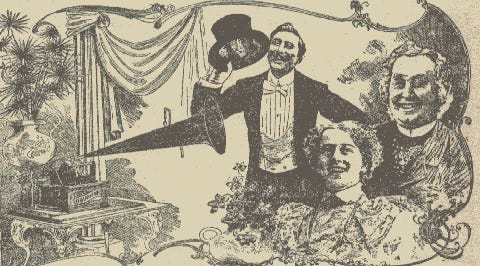
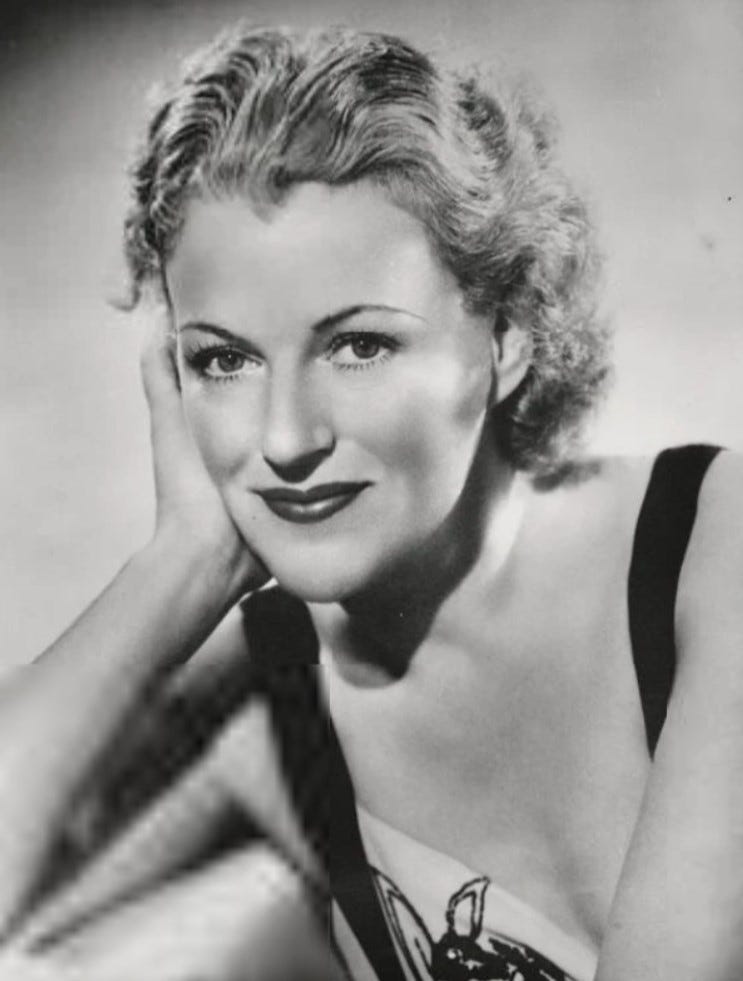

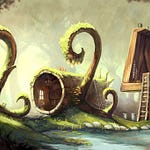
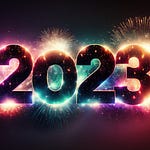

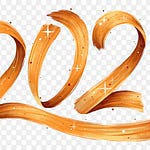

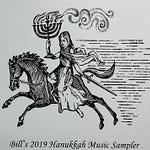
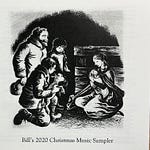

Share this post